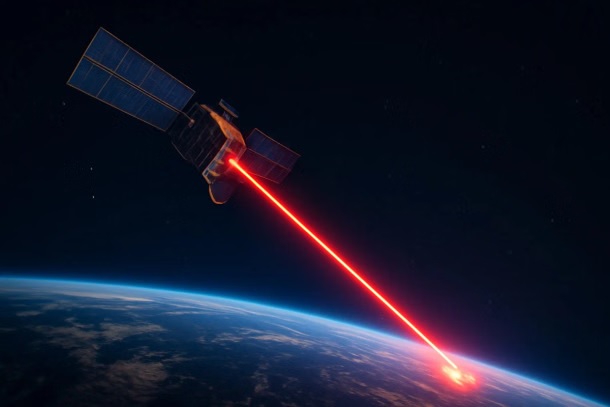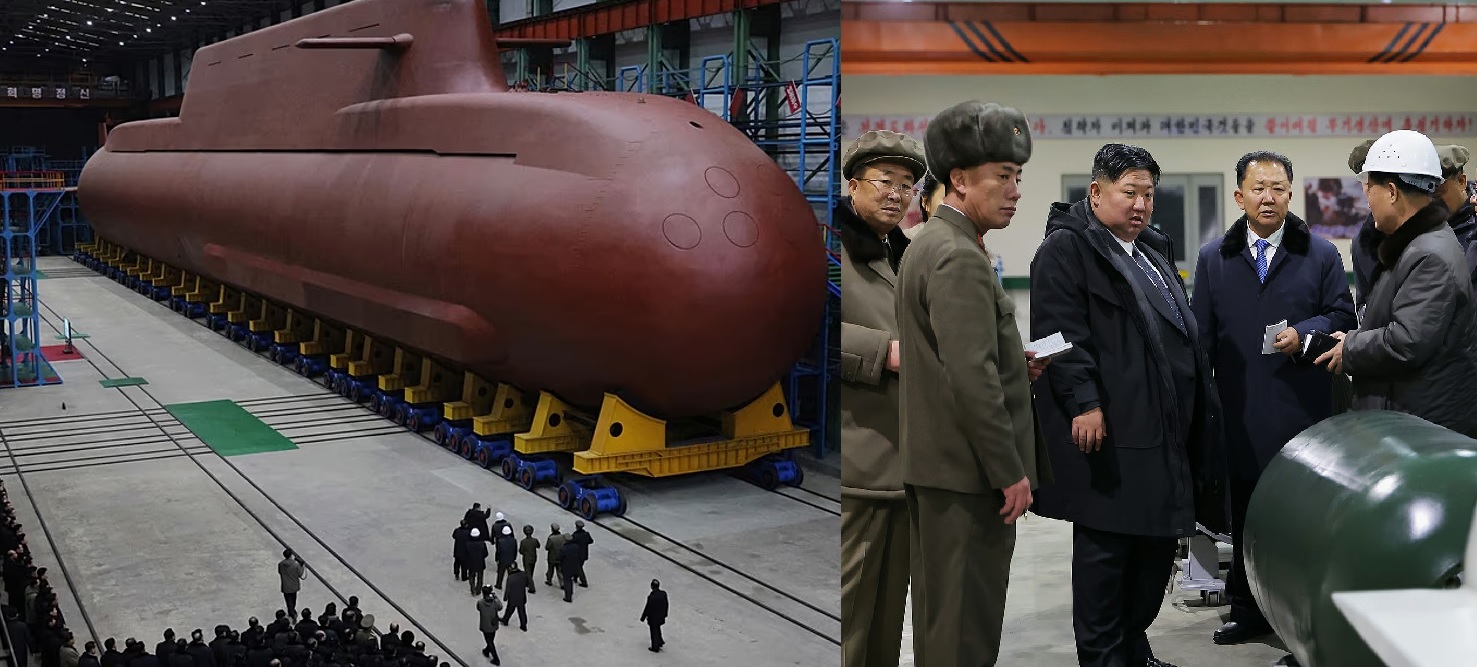China Developing Particle Beam Weapons Powered by 2.6 Megawatt Pulsed System

For years, scientists have dreamed of building particle beam weapons — devices that can fire streams of tiny particles at almost the speed of light. These beams could hit enemy satellites or missiles with such energy that they melt or disable them instantly.
But there has always been one big problem: power.
To work, a particle beam weapon needs two things at the same time — massive energy and perfect timing. The particles have to be pushed and accelerated by strong electromagnetic fields, and these fields must turn on and off at exactly the right moments — within millionths or even billionths of a second.
If the timing is even slightly off, the beam loses focus and becomes useless. The problem is, powerful systems are usually slow to control, while precise systems can’t handle huge energy bursts. Scientists have spent decades trying to make both happen together — without success.
Now, a group of Chinese engineers say they have solved this puzzle.
A Major Breakthrough by Chinese Scientists
According to a study published in Advanced Small Satellite Technology, a research team led by Su Zhenhua at DFH Satellite Co., Ltd. (China’s biggest satellite builder) has built a new power system that can do both — deliver very high energy and keep super-accurate timing.
In ground tests, their device produced 2.6 megawatts (MW) of pulsed power — that’s roughly the energy needed to power over 2,000 homes — while keeping its timing accurate to just 0.63 microseconds (a little more than half a millionth of a second).
By comparison, older systems usually had less than 1 MW of power and timing errors that were thousands of times worse.
The team said this new system could be useful for things like particle beam weapons, electronic warfare simulators, and advanced radar systems, which all need short, powerful, and precisely controlled bursts of energy.
How It Works
Instead of relying on one special part, the engineers redesigned the entire power system from top to bottom.
-
Solar panels provide the base electricity, just like on normal satellites.
-
A special converter boosts the low-voltage solar power into very high voltage — like pumping water up into a tank to store it at high pressure.
-
This energy is stored in a bank of capacitors (devices that can release power very quickly).
-
When triggered, these capacitors discharge the energy through a system that keeps the current steady and smooth.
To make sure everything fires at exactly the same time, the system uses a central control chip — known as an FPGA — that synchronizes 36 separate modules so they all release their energy within 630 nanoseconds (less than a microsecond) of each other.
The result is a powerful, clean energy pulse that could be used for lasers, particle accelerators, or high-energy space equipment.
Why This Matters
This breakthrough could open the door to new kinds of space-based directed energy weapons — devices that attack using electricity instead of explosives.
Right now, space defense relies heavily on missiles, which are expensive and single-use. But a satellite that fires beams or pulses powered by sunlight could attack multiple targets quickly and cheaply.
Such systems could disable or damage satellites without creating dangerous space debris — making them a silent but powerful tool in future space conflicts.
However, the same technology could also have peaceful uses.
Peaceful Applications
The Chinese researchers said their pulsed power system can help in many non-military areas:
-
Ion thrusters for faster and more efficient space travel.
-
Laser communication systems for high-speed data links between satellites.
-
Lidar and radar systems for better Earth observation and weather monitoring.
-
Microwave systems that can map or sense the Earth’s surface in detail.
So, while the technology could power weapons, it could also be key to the next generation of scientific and civilian satellites.
Challenges
Experts say this is an impressive step, but turning it into a real space system won’t be easy.
Space is an extreme environment — it’s freezing cold, has no air for cooling, and is full of harmful radiation. Electronics that work on Earth often fail in orbit. Also, managing heat is a huge challenge. A satellite that releases megawatts of power must somehow get rid of all the waste heat, or it will overheat and fail.
And even if such a system works in space, using it as a weapon raises tough questions — both technical and political.
Would it really be powerful enough to damage hardened satellites? How would other countries respond if such a satellite appeared in orbit? These are issues that go beyond engineering.
A Glimpse Into the Future
Still, this new technology marks a major leap in space power systems. For the first time, scientists have shown that it might be possible to deliver huge power with incredible precision in a satellite-sized device.
If proven in orbit, this could transform everything from space travel to defense, creating systems that use pure energy to move, communicate, or even fight.
For now, it remains a laboratory success — but one that could shape the next chapter in the race for space dominance.
Because in the coming decades, energy and timing, not just rockets and missiles, may decide who controls the final frontier.
✍️ This article is written by the team of The Defense News.






